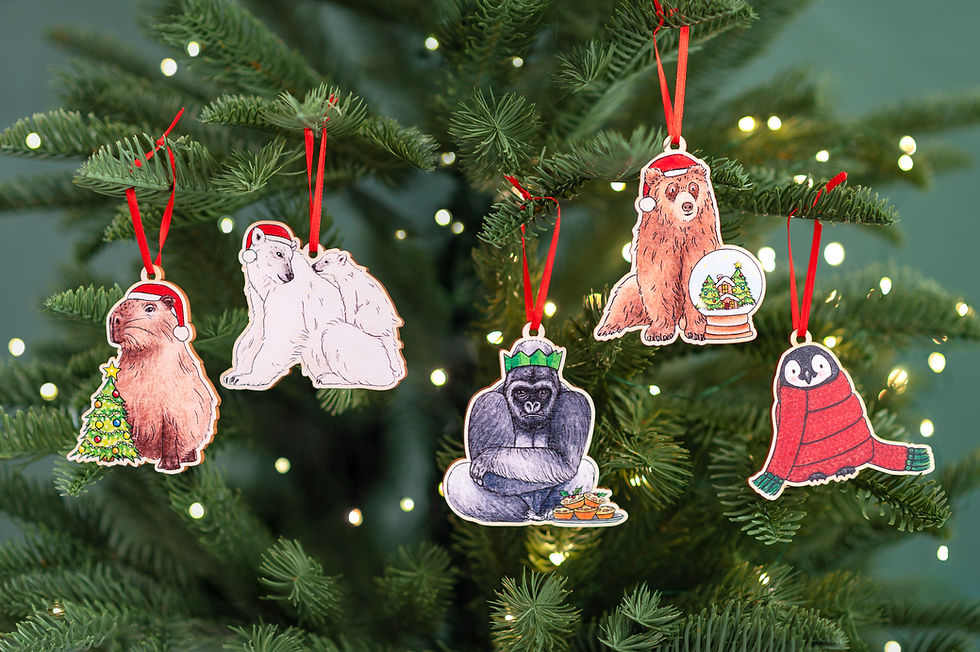Pen and ink: my conservation weapons of choice
- Jen

- Feb 19, 2021
- 2 min read
Updated: Nov 26, 2023
What is the role of art in wildlife conservation?

Conservationists are working tirelessly to gather species and ecosystems back from the brink of extinction, grabbing them by the wrists/stems just as the cliff-edge crumbles beneath their feet/roots. We need those heroes. But my focus for this post is on art, and its role in a synchronous, often undervalued, arm of the planet-saving plan: human behaviour change.
Human behaviour is a complex topic and the in-depth science around how behaviour is wired into our strange, stubborn brains has only recently begun to surface. It seems we’ve been tackling a lot of behaviour-based issues in the wrong ways for a long time. There are some great examples in health campaigns – like when we decided to tell everybody that smoking kills you and so everybody stopped smoking. Oh, wait…
We are optimistic, socially-driven beings and once we know the facts, for the best results, we now know it's important to feel an emotional connection to the cause. And that we need to feel as though we are part of a communal movement towards positive change.
Luckily for this cause, we all feel an inherent connectedness with the outside world. Even if we spend most of our lives tucked up on an office chair staring at a screen, every single one of us knows the grounding feeling of walking through a forest or diving into the ocean and being transported back to our roots.
Though it is a deeply unfortunate and painful truth that we can’t all live a life akin to Sir David Attenborough’s, there are ways that the wonders of the natural world can be brought to us – including through the many mediums of art. Beyond raising funds for conservation organisations (which some wildlife artists and organisations excel at), art can be an effective tool for triggering positive change. Paintings, music, stories and films can send messages, raise awareness, prompt conversations and facilitate emotional connections.
For me, wildlife art is also a way to spark optimism. We are surrounded by so much negative media, especially when it comes to conservation. Yes, we need to know what’s going on. But we also need to know what can be done to help and how we can achieve success. We need to hear about the small wins and the amazing projects underway all over the globe. We need to be reminded of the reasons we're trying to make changes – and to feel like when we’re washing out the jars for our sustainable-palm-oil-containing peanut butter ready for recycling, we’re actually making a difference, together.
I hope my artwork fosters that sense of community, reminds us what we’re working towards and helps us feel connected with our ultimate goal: biodiversity! Biodiversity everywhere!




Comments